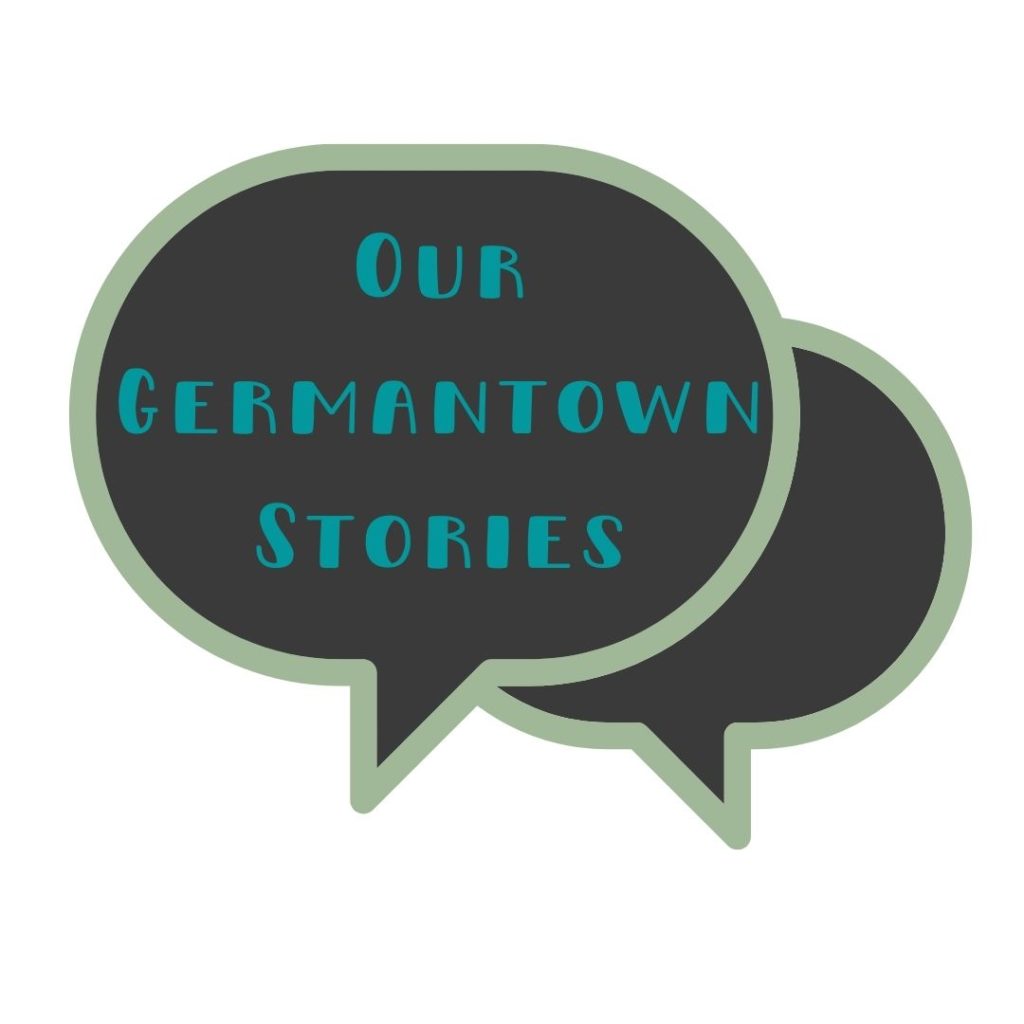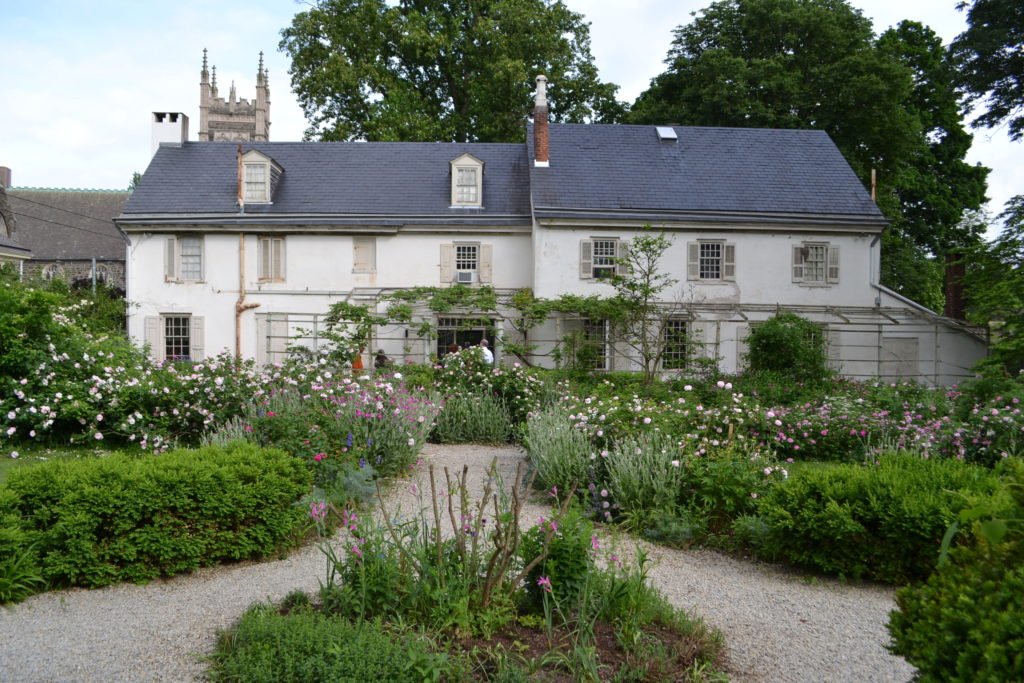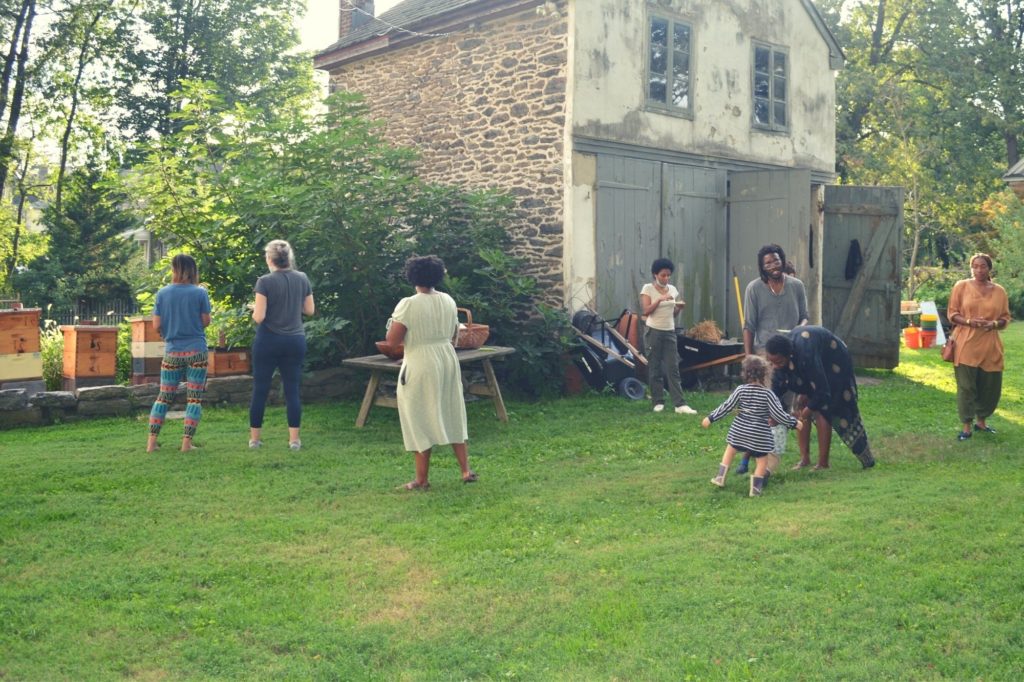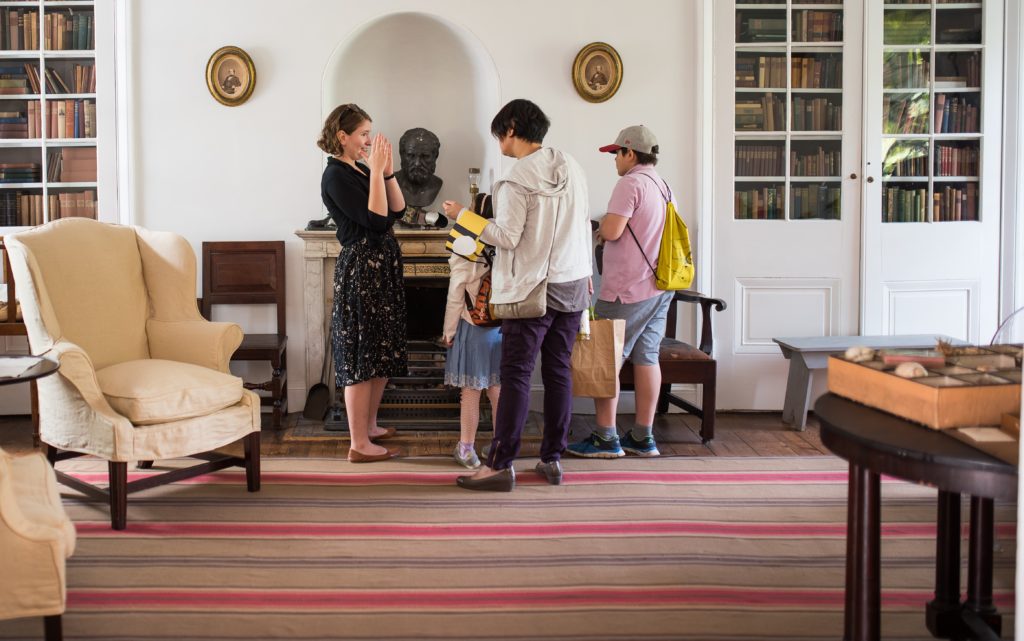More than a Mysterious Fixture on the Avenue...
Since its founding in 1683, Germantown has been home to a community of individuals with diverse ethnic, economic, and cultural backgrounds. While Wyck is historically entwined with the Germantown neighborhood, today there are many neighbors who have passed by the house for years and have never once been inside the gate.
This is perhaps because since becoming a historic home in 1973, Wyck has focused on telling the story of the Wistars and Hainses, the remarkable Quaker family who resided there for nine generations, from 1690 until 1972. While the Wistar-Haines’ residency ended nearly fifty years ago, Wyck has held its place, quietly unchanging. The site’s history as the ancestral home to an elite white family has shaped its relationships within its culturally rich community in different ways. We acknowledge the tensions of race and class that strain Wyck’s incorporation into the daily life of the community and seek to grow a more inclusive history. By exploring themes common to historic Wyck residents and the site’s modern-day neighbors, Our Germantown Stories begins the processes of weaving together a more relevant narrative that brings a community focus to the site’s interpretation.
Our Germantown Stories seeks to forge new, and deepen existing, relationships within the community. The exhibit is built around excerpts, audio clips and their word-for-word transcriptions, from interviews of Germantown residents. At its core are eleven interviews, conducted by artist, activist, and oral historian Julie Rainbow, that explore the values and unique qualities of Germantown. The full-length interviews will be archived for posterity in the Wyck collection. We will be adding oral histories to this exhibit throughout 2021 and encourage any Germantown residents to reach out to info@wyck.org to share about their experiences living in the neighborhood.
This virtual exhibit places selected reminiscences from these interviews in historical context and alongside Wyck collection objects. The impressionistic juxtaposition reveals the closeness of the past and the consistency of Germantown’s spirit. Perhaps most importantly, it shows just how essential Wyck’s current neighbors are to the process of giving meaning to the site.
This exhibit is in partnership with Drexel University’s Lenfest Center, artist, activist, and oral historian Julie Rainbow, neighbors willing to share their stories, and generous funding from the National Endowment for the Humanities.




Explore how the unique qualities of Germantown, both then and now, have affected the people who settled here by exploring the links below.



Copyright © 2025 Wyck. Powered by Museo Lite
